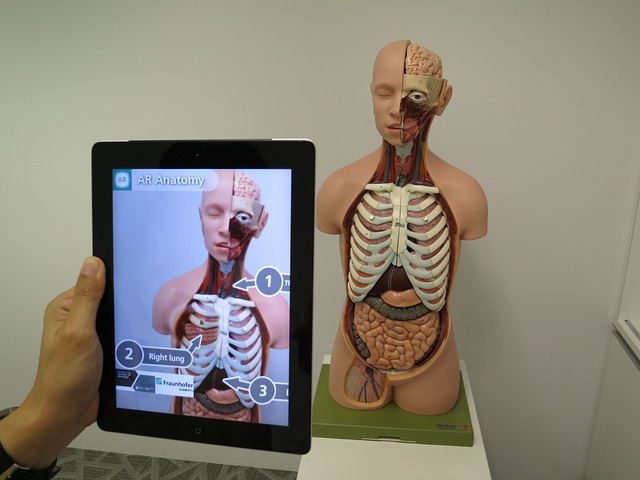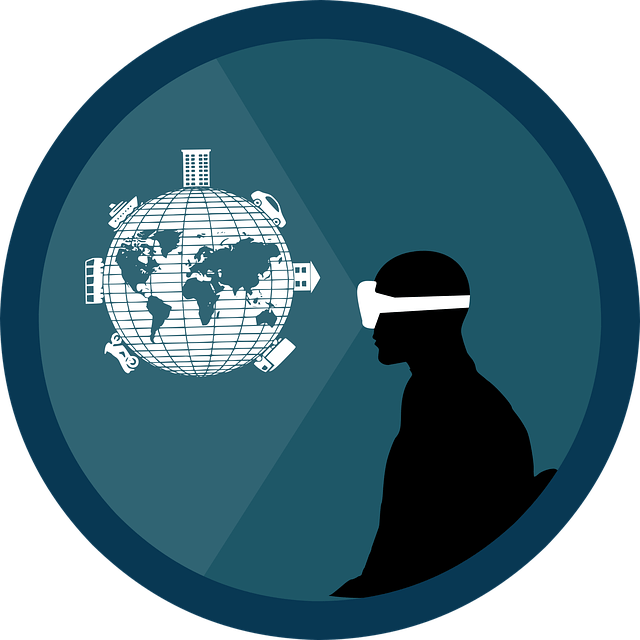Augmented Reality (AR) is a digitally enhanced version of reality where users can interact with computer interfaces similar to a smartphone or an app. It combines both the real and virtual components to give a real-time interactive experience between both worlds. Imagine a computer UI screen appearing in front of your eyes, acting the same way as your smartphone.
AR works by overlaying computer-generated information on a transparent screen or something viewed through a camera. For example, Augmented reality glasses are the most famous application of AR technology.
Practical applications of AR
There are many applications of AR in today’s world. You might have even come across some of them in your daily life. The following are some practical applications of AR in today’s time.
- Enhanced navigation systems
- Apps that let you place virtual items in the real world through an image or video. Eg – Pokemon GO, IKEA Place, Snapchat emojis, Microsoft Hololens, etc
- Military fighter pilot visor displays critical information such as altitude, speed, etc. (Just like a video game UI)
- Neurosurgeons use 3D brain AR projection in surgeries and other medical procedures
- Presenting information about the places near you
- Augmented Reality glasses
Future potential of AR
As technology evolves, AR is becoming more commonplace, with some applications even appearing within popular apps. The potential of AR is directly co-related to the next advancement in human technology. Think of it as an innovation on the same level as the smartphone. However, its practical implementation is still quite a way away from being realized.
Augmented Reality Glasses
As far as consumer products go, AR glasses are the biggest craze for daily consumers, and for a good reason. The potential of this product to become something as essential as a smartphone is increasing day by day with each innovation. All major companies have invested in this technology throughout the years, and some have even released a few products.
While these products had difficulty reaching a broader audience, they are still a stepping point for future innovation to come. The following are some examples of AR glasses:
- Google Glass
- Microsoft HoloLens
- Intel Vaunt
- Focals by North (acquired by Google)
As per rumors, Apple is also working on an AR headset that would run by tethering data from an iPhone. Xiaomi has also released a concept video for their new smart glasses, but we don’t know whether it will be a commercial product or just a concept. Facebook has also invested millions in AR and VR research as the company plans to evolve into a metaverse company.
Augmented Reality vs Virtual Reality
I-Boson
When talking about AR, it is impossible not to mention VR (Virtual Reality). While VR focuses on creating a completely digital world, AR combines elements of both the real and virtual worlds. The application of virtual reality is quite common in gaming. e.g., VR headsets, VR games, VR apps, etc. There’s also the “Mixed Reality” where digital objects can more seamlessly interact with the real world.
If you want to know more about recent VR and AR innovations, check out some other related articles.



